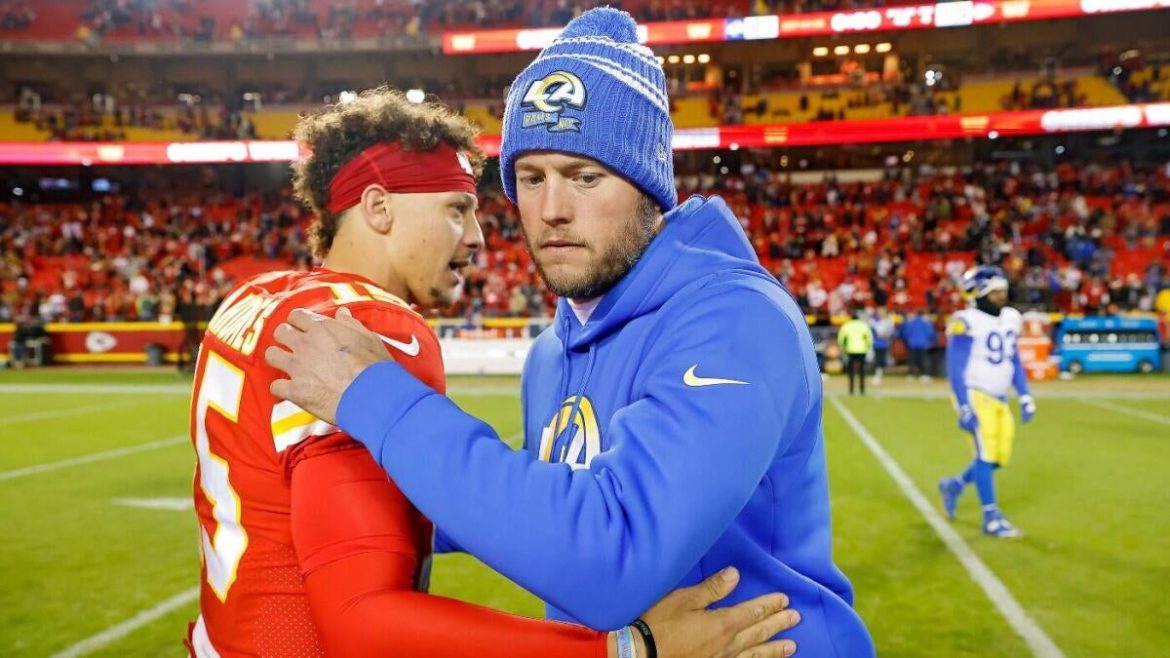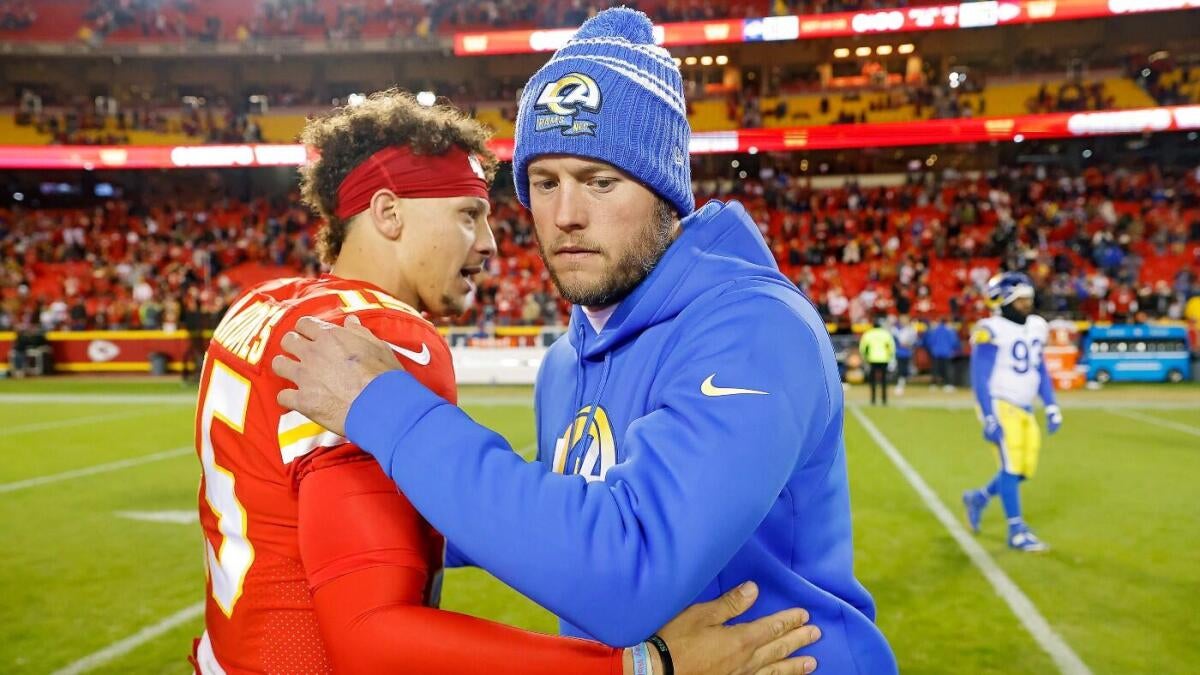Matthew Stafford and the 2028 Olympic Flag Football Opportunity: A Deep Dive into NFL Stars’ Perspectives
—
The imminent introduction of flag football as an Olympic sport in the 2028 Summer Games in Los Angeles has stirred excitement within the NFL community. With the league permitting its players to participate, the prospect of professional football stars donning national colors on this international stage is palpable. However, not all marquee names share the same enthusiasm regarding the Olympic flag football venture, notably Matthew Stafford, the Los Angeles Rams quarterback.
The Emergence of Flag Football on the Olympic Stage
Flag football—a non-contact derivative of traditional American football where tackles are replaced by pulling a flag from the ball carrier—is poised to debut in the 2028 Olympics. This variant emphasizes agility, strategy, and speed without the physical collisions characteristic of the NFL. The NFL’s decision to allow player participation signals an intent to grow the sport’s global footprint and capitalize on Olympic exposure.
Top stars like Patrick Mahomes have publicly expressed interest in representing Team USA, viewing the event as an exciting new chapter and a platform to showcase their skills in a different format. The Olympic setting, coupled with a globally accessible sport, offers both athletes and the NFL broader visibility and fan engagement.
Matthew Stafford’s Realistic, Humorous Take
In stark contrast to some of his contemporaries, Matthew Stafford has offered a candid and humor-tinged response concerning his potential participation in the 2028 Games. Approaching 40 years of age by then, Stafford jokes about his likelihood of being directly involved, joking that he would probably “coach instead of play.” This lighthearted yet truthful stance underscores a practical assessment of his athletic longevity and competitive priorities.
Stafford’s reluctance is not merely age-related. He openly questions how well his NFL-honed skills would transfer to flag football. The transition from a high-contact, team-oriented QB role to a stripped-down, swift-paced 5-on-5 format may not be a fit for everyone, especially veterans focusing on their remaining professional career years.
Shared Sentiments Between Stafford and Mahomes
Interestingly, Stafford and fellow superstar Patrick Mahomes echo similar reasons for hesitating to commit to flag football at the Olympics. Both acknowledge the emerging sport’s appeal but suggest leaving the spotlight to younger, possibly more adaptable athletes. This perspective respects the physical demands and distinct techniques of flag football, recognizing that success in the NFL doesn’t guarantee analogous proficiency in this Olympic variation.
Mahomes, while enthusiastic and “definitely” interested, has hinted at potential shifts in role or responsibilities on such a team, indicating strategic flexibility. Stafford, meanwhile, maintains a clear stance favoring optimism about the sport’s growth but without personal Olympic ambitions.
NFL Owners and the Ambitious Olympic Vision
The NFL’s leadership has voted to permit player participation, aiming for a “Dream Team” roster that could enhance the sport’s credibility and attract a global following via the Olympics. This endorsement generates buzz and raises questions about how many marquee players will seize this opportunity and how it might impact their careers.
Some restraints remain, such as owners’ concerns about injury risks and player availability, which have introduced hesitations despite the formal vote. These factors contribute to mixed signals about the depth of player involvement beyond a handful of willing stars.
The Broader Implications for Flag Football and the NFL
The inclusion of flag football in the Olympics elevates the sport’s international profile and opens grassroots development pathways worldwide. For NFL players, participation could symbolize patriotism and pioneering advocacy for a newer football discipline. Conversely, it prompts evaluations of athlete career management, given the timing and differing sport dynamics.
For Matthew Stafford, his approach reflects a mature, grounded viewpoint: celebrating the opportunity without overcommitting, recognizing personal limitations, and potentially embracing mentorship or coaching roles. This attitude aligns with the realistic trajectories of veteran athletes facing evolving physical and professional landscapes.
Conclusion: Balancing Ambition with Reality
The narrative surrounding Matthew Stafford and his Olympic flag football prospects encapsulates the broader dialogue among NFL players about embracing new ventures while pragmatically assessing individual circumstances. Stafford’s humor and honesty offer refreshing authenticity amid the media hype, reminding fans and stakeholders that ambition is often tempered by personal realities and career strategies.
As the 2028 Olympics approach, the evolving relationship between NFL stars and flag football represents a microcosm of sports adaptation, legacy considerations, and the balancing act between innovation and tradition. Whether Stafford eventually takes to the Olympic turf or sidelines as a coach, his perspective enriches the discourse on how elite athletes navigate changing athletic opportunities and milestones.





